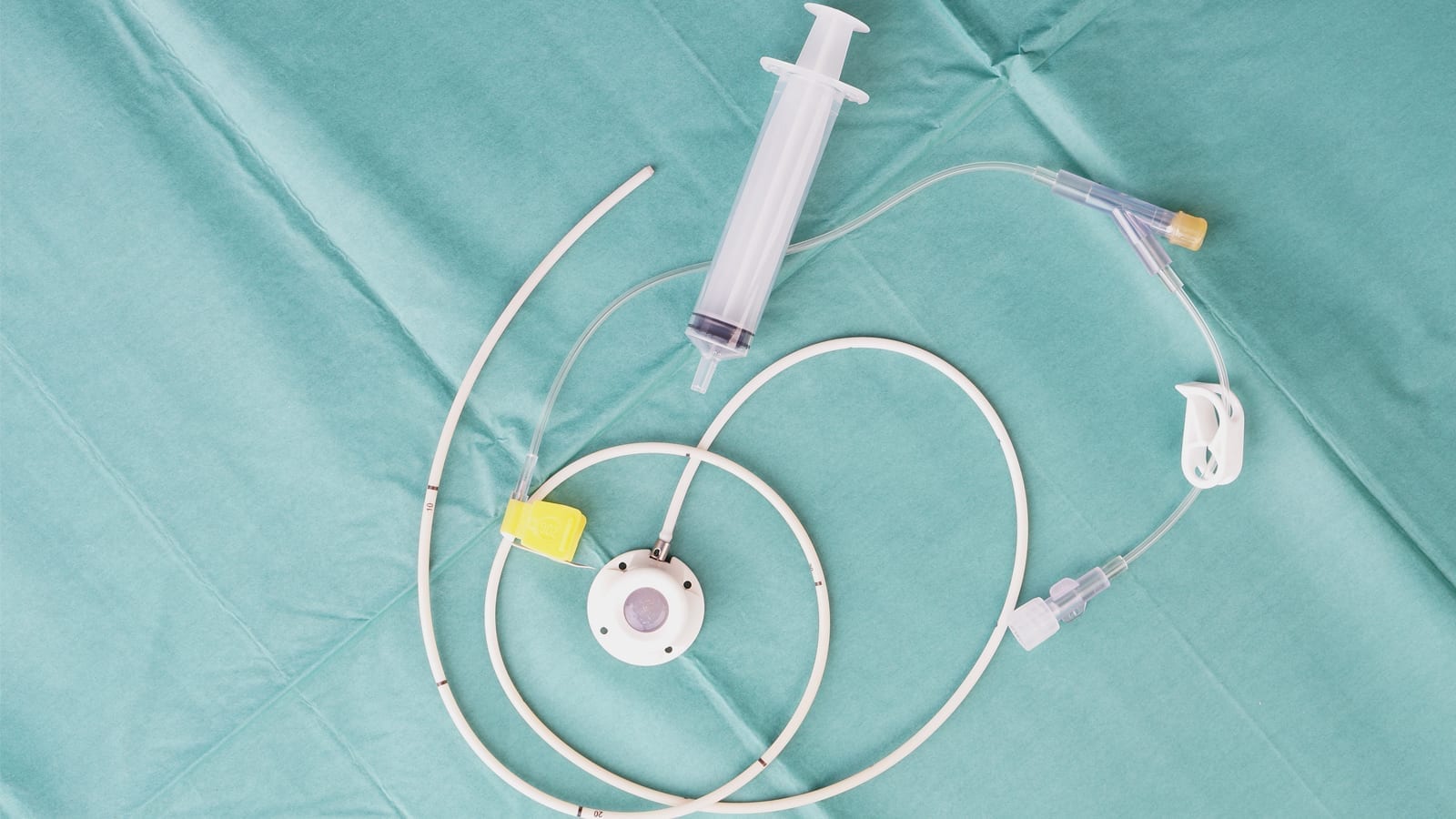5 Things You Need To Know About Ports
4 MINS to read

We all know that chemo and radiation are related to a breast cancer diagnosis but there are some things you probably haven’t heard of, like a port-a-catheter (a.k.a port-a-cath or port).
A port or port-a-cath is a plastic, loonie-sized disc that is placed underneath your skin, usually above your breast or below the collarbone and is used to intravenously feed medication directly into a large vein and into the heart. It can also be used to withdraw blood as well. If you are in treatment, you will need to have your veins accessed frequently. A port is used to avoid poking your arm with needles numerous times and for protecting small veins. It is removed after therapy and leaves a small scar behind. It can also be inserted in your upper arm, but this is something you often have to advocate for in Canada as it is not the standard placement.
Although a port may be recommended, getting one is your choice. It is not mandatory unless nurses and doctors have ongoing difficulty accessing your veins and it is making you uncomfortable. Make sure you do what you feel is right for you and don’t let your medical team pressure you into it.
It is a short procedure and you can expect to be in the hospital for a couple of hours. During that time, you will receive local anesthetic to your chest area.
For the rest of the day, avoid wearing tight bras or carrying a purse across your chest. You’ll be told to relax at home for the day (the perfect excuse to binge watch your favourite Netflix show). You can eat and drink normally but expect some mild pain. After a few days you can shower or bathe but only after the dressing has been removed. The stitches will dissolve over time and the Steri-strips (white tape under the dressing) will fall off on their own.
Just watch for signs of infection and let your doctor know right away if you notice any swelling, pain, redness, or fluid around the incision; shortness of breath; chest pain; fever; dizziness and swelling on your neck, face or arm on the side where the port is inserted. Removing the port is done in a similar fashion.
Not typically, but when it is accessed for chemo or a blood draw the initial poke does sting a bit (similar to an IV poke in your arm). OTC, Emla or doctor-prescribed numbing creams can help ease the discomfort.
It can be uncomfortable. Wearing a seatbelt or a purse directly over the port area can irritate it but thankfully, accessories can help. Think small pillows between your port and the seatbelt or a seatbelt wrap. (If you want to add a bit of personality to your pillow, Etsy does carry some cute ones!)
Yes, it does. During your chemo session, after your IV is connected, the nurse will flush out the port lines before administering the chemo drugs. This also is the last thing that the nurse does after administering your chemo, before removing the IV. If your port hasn’t been accessed in about a month, you have to have it flushed out. This can be done at your local hospital blood lab department and will only take a few minutes. This will help prevent blood clotting, infection and other complications. – Lisa Hannam